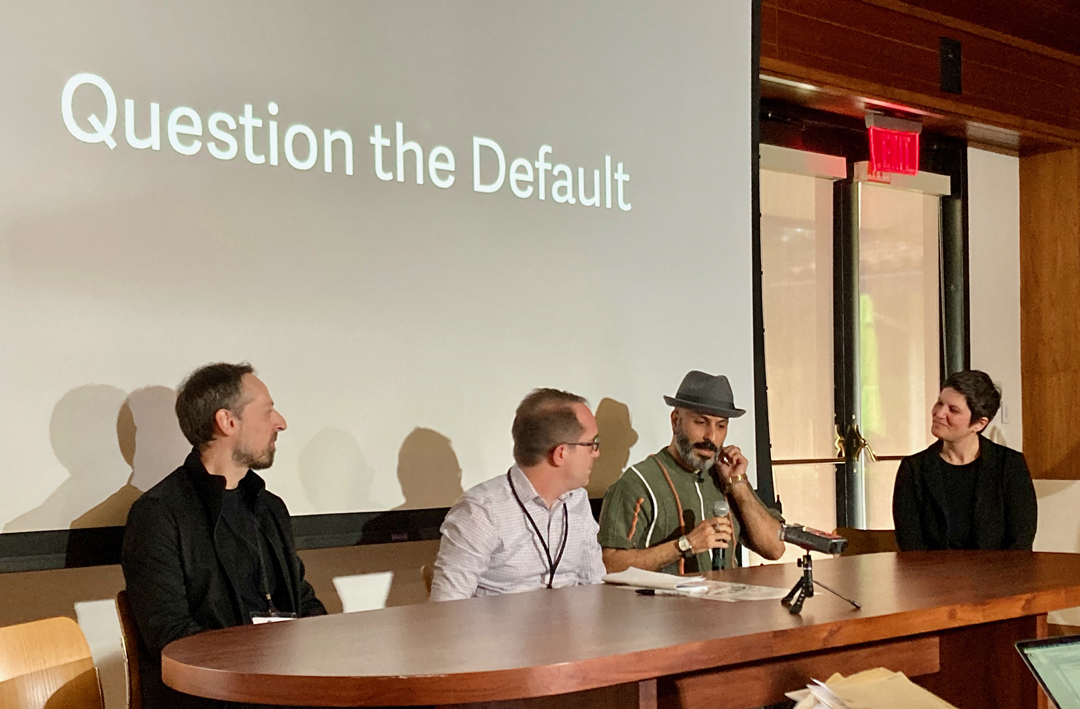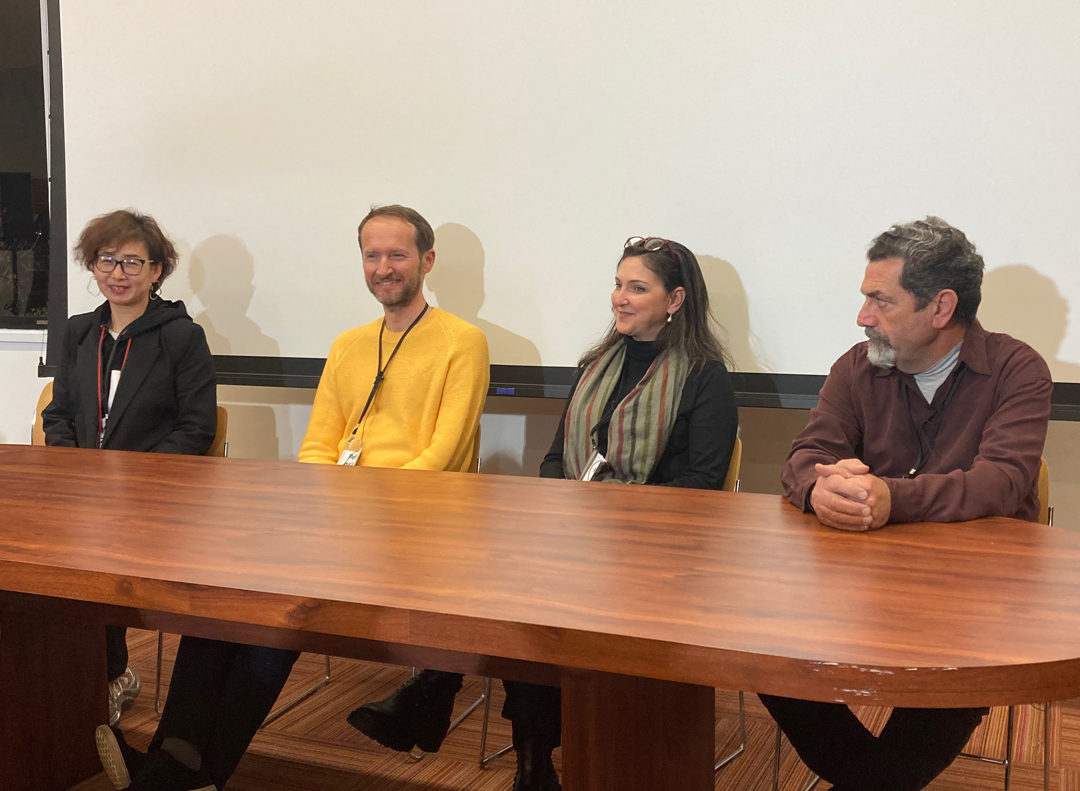
Forty years ago, in 1983, Stanford University hosted a remarkable typographical event. It was the fifth in a series of “working seminars” of the Association Typographique Internationale (ATypI), organized by Chuck Bigelow and titled “The Computer and the Hand in Type Design.” Its aim was to bridge the gap between the old technologies and craft of type design and production, and the new digital technologies that were already revolutionizing the creation and setting of type. It is still looked back upon as a turning point in the development and understanding of digital type.
This month, on the 40th anniversary of the 1983 working seminar, Stanford played host to another seminal typographic event: “Face/Interface: Global Type Design and Human-Computer Interaction.” (This was the second “Face/Interface” conference; the first was in 2017, before the pandemic disrupted everyone’s schedules and plans.) Like its brief precursor in October (“Encode/Include”), this event was organized by Thomas Mullaney and colleagues. Chuck Bigelow, who had organized the 1983 seminar, was keynote speaker, and another participant, although from the audience with pertinent questions, was Donald Knuth, who had been working with type designer Hermann Zapf in 1983 on turning type into digital type.


The focus of this new conference was on “disadvantaged languages” and their writing systems – languages that do not have adequate representation in the Unicode standard or that do not have effective ways of being used in the digital world. In a larger sense, that is the impetus behind SILICON, the Stanford initiative that sponsored “Face/Interface.”
The talks and presentations over two days ranged widely indeed: from Farsi signage and lettering in LA to Chinese children’s books teaching children about the early oracle-bone script, the oldest form of written Chinese. One talk showed how the limitations of pre-digital technology had affected the design of fonts for Hebrew; another documented the politics of trying to create an Urdu typewriter; still another dealt with an effort to create a font for the earliest form of Arabic. Many of the historical scripts, although they’re not actively written today, still need to be readable in scholarly and scientific publications – and their fonts need to be flexible enough to handle new characters that may be encountered when new inscriptions or documents are discovered.


There were presentations on both Egyptian and Mayan hieroglyphs, which made me realize that both relied on a square grid within which linguistic elements could be arranged (not unlike modern Korean hangul). Some of the talks dealt with individual scripts; others looked at the technical problems of encoding the script of a disadvantaged language and giving its users a practical input method.
The team from ANRT (Atelier national de recherche typographique, at ENSAD in Nancy, France), who were partners in organizing this conference, gave several talks and presented the latest (fourth) edition of their poster of the world’s writing systems, in which each is represented by a single glyph in that script. The poster is color-coded to indicate whether a script is living or historical, and whether it has been entered into the Unicode system or not. (ANRT’s project is called “Missing Scripts,” to point up the need to get as many scripts as possible into the system.)
Representatives of the Unicode consortium explained just how a script gets into Unicode, and why that can be a slow and careful process (“How Ink, Stone, and Clay become Digital Information in the 21st Century”).

“Face/Interface” marked the official launch of SILICON (“Encode/Include” in October had been billed as a “soft launch”), which is clearly meant to be an ongoing collaboration across as many disciplines, countries, languages, and related organizations as possible. Like its precursor forty years ago, “Face/Interface” was neither a beginning nor an end; it marked a significant milestone in the evolution of type and typography.
Additional Links